#wildlife: alabama
Explore tagged Tumblr posts
Text
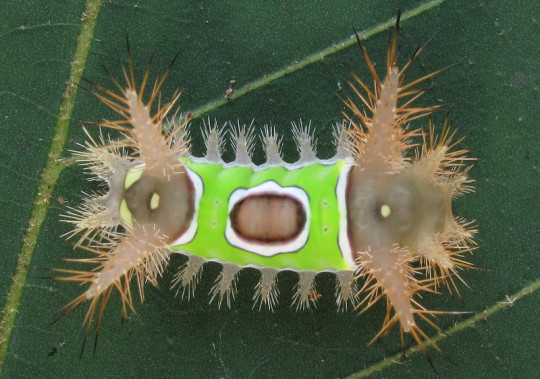
A saddleback caterpillar (Acharia stimulea) in Jackson County, Alabama, USA
by Alan Cressler
#saddleback caterpillar#caterpillars#butterflies and moths#acharia stimulea#acharia#Limacodidae#lepidoptera#insecta#arthropoda#wildlife: alabama#wildlife: usa#wildlife: north america
56 notes
·
View notes
Text
"When considering the great victories of America’s conservationists, we tend to think of the sights and landscapes emblematic of the West, but there’s also a rich history of acknowledging the value of the wetlands of America’s south.
These include such vibrant ecosystems as the Everglades, the Great Dismal Swamp, the floodplains of the Congaree River, and “America’s Amazon” also known as the “Land Between the Rivers”—recently preserved forever thanks to generous donors and work by the Nature Conservancy (TNC).
With what the TNC described as an “unprecedented gift,” 8,000 acres of pristine wetlands where the Alabama and Tombigbee Rivers join, known as the Mobile Delta, were purchased for the purpose of conservation for $15 million. The owners chose to sell to TNC rather than to the timber industry which planned to log in the location.
“This is one of the most important conservation victories that we’ve ever been a part of,” said Mitch Reid, state director for The Nature Conservancy in Alabama.
The area is filled with oxbow lakes, creeks, and swamps alongside the rivers, and they’re home to so many species that it ranks as one of the most biodiverse ecosystems on Earth, such that Reid often jokes that while it has rightfully earned the moniker “America’s Amazon” the Amazon should seriously consider using the moniker “South America’s Mobile.”
“This tract represents the largest remaining block of land that we can protect in the Mobile-Tensaw Delta. First and foremost, TNC is doing this work for our fellow Alabamians who rightly pride themselves on their relationship with the outdoors,” said Reid, who told Advance Local that it can connect with other protected lands to the north, in an area called the Red Hills.
“Conservation lands in the Delta positions it as an anchor in a corridor of protected lands stretching from the Gulf of Mexico to the Appalachian Mountains and has long been a priority in TNC’s ongoing efforts to establish resilient and connected landscapes across the region.”
At the moment, no management plan has been sketched out, but TNC believes it must allow the public to use it for recreation as much as possible.
The money for the purchase was provided by a government grant and a generous, anonymous donor, along with $5.2 million from the Holdfast Collective—the conservation funding body of Patagonia outfitters."
youtube
Video via Mobile Bay National Estuary Program, August 7, 2020
Article via Good News Network, February 14, 2024
#united states#alabama#estuary#wetlands#swamp#river#environment#environmental issues#conservation#video#biodiversity#american south#ecosystems#ecology#conservation news#wildlife conservation#ecosystem#conservation efforts#good news#hope#forest#swampco#re#Youtube
2K notes
·
View notes
Text
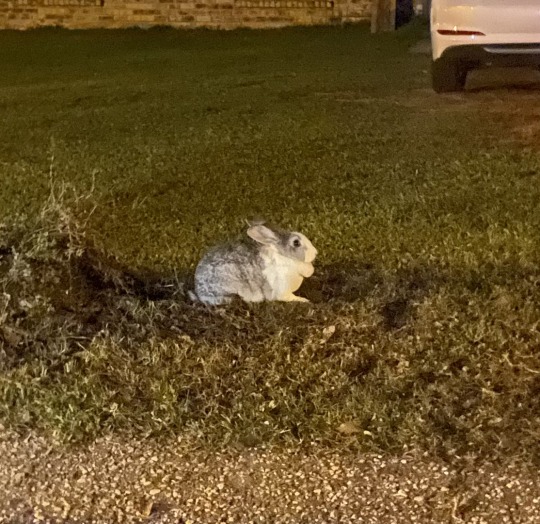
Saw this bunny tonight on the drive home from work
I’m kinda worried it’s someone’s escaped house bunny cause it was fat and it didn’t run when I stopped the car to take this photo
50 notes
·
View notes
Text
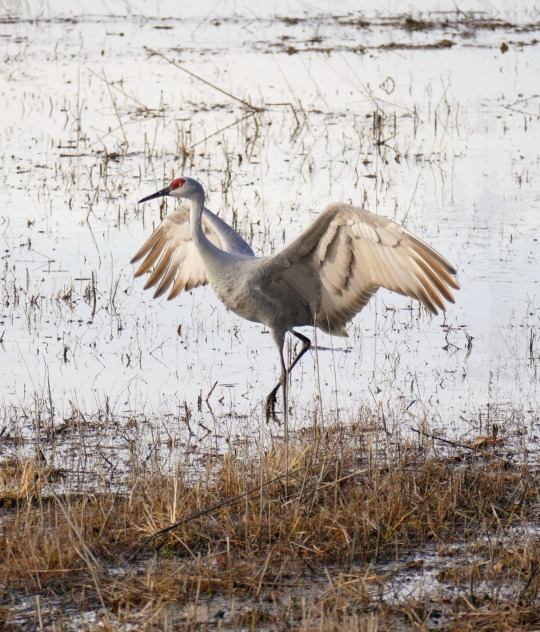


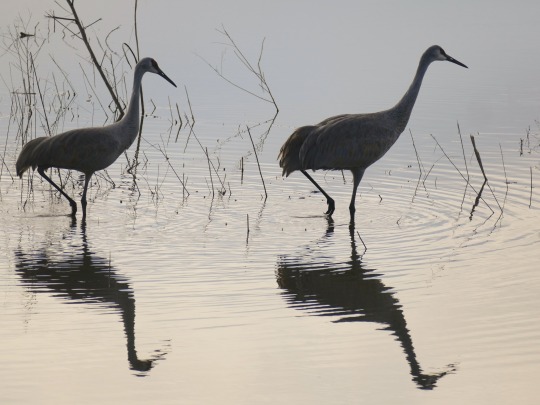


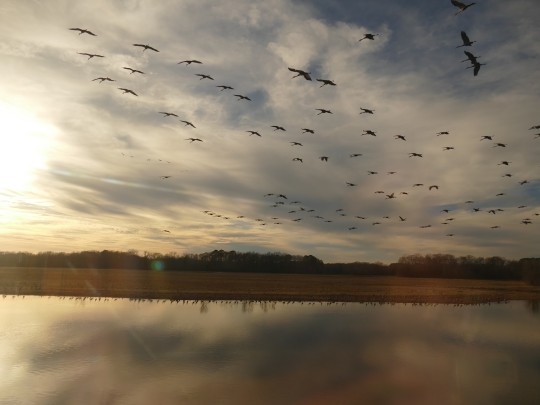
Sandhill Cranes, at Wheeler National Wildlife Refuge, Decatur, Alabama, 2024-02-01
(photos by @everydayesterday)
#birds#bird photography#sandhill cranes#wheeler national wildlife refuge#wheeler nwr#alabama#birding#birdwatching#birblr#birdblr#north american birder
18 notes
·
View notes
Text




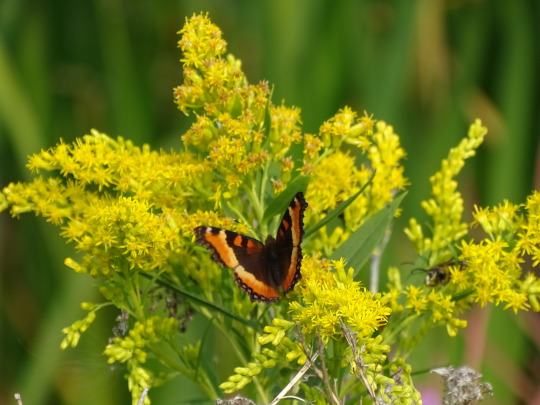
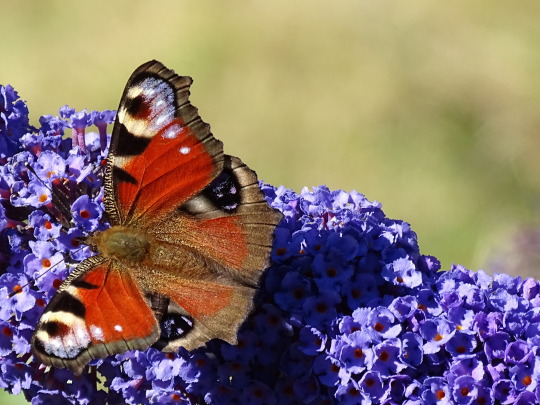
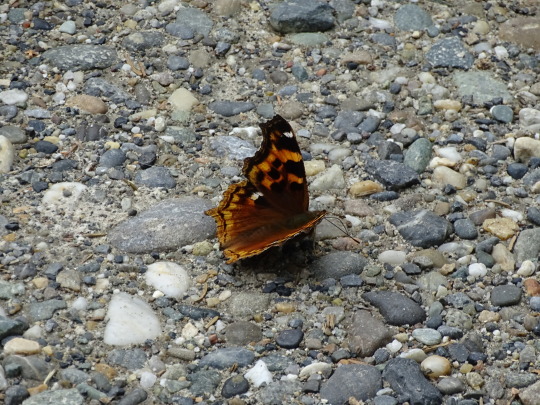









National Butterfly and Hummingbird Day
National Butterfly and Hummingbird Day celebrates these small, flying beings, and is for appreciating them, learning about them, spreading awareness about them, and viewing them in person.
There are about 20,000 species of butterflies—some sources say there are 17,500, while some say there are as many 24,000. There are about 750 species found in the United States, where the white cabbage butterfly is the most prevalent. The life cycle of a butterfly begins when eggs are laid on leaves, which hatch into larvae known as caterpillars. They eat the leaves and flowers of the plant they are on, and grow in size while shedding their skin multiple times. They then turn into a pupa, or chrysalis, and then into a butterfly.
When they come out of their cocoon to a new world as a butterfly, they have to pump fluid into the veins in their wings in order to expand them. They then have to rest for a few hours before taking flight for the first time. Butterflies are cold blooded, and the air around them affects their ability to function. If the air temperature gets below 55 degrees, their body temperature may drop too low to be able to fly. To remedy this, they may warm up their muscles by shivering or by lounging in the sun. They fly best in air temperatures between 82 and 100 degrees and are most comfortable when their body temperature is at about 85 degrees.
Their wings have thousands of scales that reflect light, giving them color. But underneath their scales, their wings are actually transparent. To protect themselves from predators, some butterflies fold their wings in to help camouflage themselves, or, conversely, some have bright colors that reveal to others their presence. Some predators are aware that many bright-colored insects are toxic when eaten, so they avoid these butterflies, even though, unbeknownst to them, they aren't poisonous. The common buckeye butterfly uses its colors to scare off birds.
Butterflies have receptors on their feet, which help them find host plants and food. Female butterflies tap on leaves until juices come out, and chemoreceptors on their legs tell them if the plants have the right type of chemicals to lay eggs on. Butterflies also step on their food to taste it. Adult butterflies only eat liquid, which is usually nectar, although they occasionally drink from mud puddles as well, to gain minerals and salts. They eat with a proboscis, which is like a straw; it is curled up under their chins and unfurls when they eat.
Butterflies generally have short lives, with most only living for two to four weeks, during which they mainly eat and mate. Some butterflies only live a few days, while some that migrate, like monarchs and morning cloaks, may live about nine months. Monarchs may travel over 2,500 miles to find warmth during the colder months.
The second flying creature celebrated today is the hummingbird. There are about 325 species of hummingbirds, but only eight of them regularly breed in the United States. Although, up to two dozen species can be found there at various times. Most species of hummingbirds can be found in South America, Central America, and the Caribbean, and there are no hummingbirds outside of the Western Hemisphere. Many species can breed together, which creates hybrid species.
Hummingbirds are very small—many weigh less than the weight of a nickel. The calliope hummingbird is 3 inches long, and the bee hummingbird, native to Cuba, is the smallest bird species in the world, at 2.25 inches in length. Hummingbirds have such small feet that they can't walk or hop properly. They can shuffle a bit, though, but their feet are mainly used for preening. The small size of their feet also allows them to fly quicker. They can fly up to 30 miles per hour when going forward, and up to 60 miles per hour when diving.
Each species of hummingbird makes a different humming sound because the wings of each species beats at a different rate. Generally, a hummingbird's wings beat somewhere between 50 and 200 times a second. Wings aren't the only things that beat quickly when it comes to hummingbirds: their hearts beat more than 1,200 times a minute. They also take a breath about 250 times a minute, and that number is even higher when they are flying.
Like butterflies, hummingbirds may fly hundreds or even thousands of miles to migrate. They mainly eat nectar, but also eat small insects, spiders, tree sap, and juice from fruit. Their lifespan ranges from 3 to 12 years and is contingent on factors such as their species, habitat, and vulnerability due to predators and other threats. On National Butterfly and Hummingbird Day, we remember and celebrate both of these animals.
National Butterfly and Hummingbird Day is being observed today! It has always been observed annually on October 3rd.
Source
#Milbert's tortoiseshell#USA#Canada#summer 2023#travel#original photography#vacation#Red-spotted Purple Admiral Butterfly#National Butterfly and Hummingbird Day#NationalButterflyandHummingbirdDay#3 October#insect#wildlife#summer 2019#flora#fauna#flower#Monarch Butterfly#Painted Lady Butterfly#Papilio glaucus#Eastern Tiger Swallowtail#Black Swallowtail#2009#Giant Swallowtail#Alabama#Pennsylvania#Indiana#Sweden
4 notes
·
View notes
Text
Community Service Blog
Overview
In this post I will be recapping my community service experience this semester, review the article I have read relating to the organization I worked with and reflect on both.
What did I do?
For my community service I decided to create a volunteer flyer for the Alabama Wildlife Federation (AWF). AWF is one of the oldest and largest and oldest wildlife conservation organizations in the state. Since 1935 it has worked with citizens, other organizations and the local governments to encourage communities to protect and preserve the ecosystems within their communities. With the generosity of donors and dedication of volunteers the organization has been able to flourish and fulfill its goals.
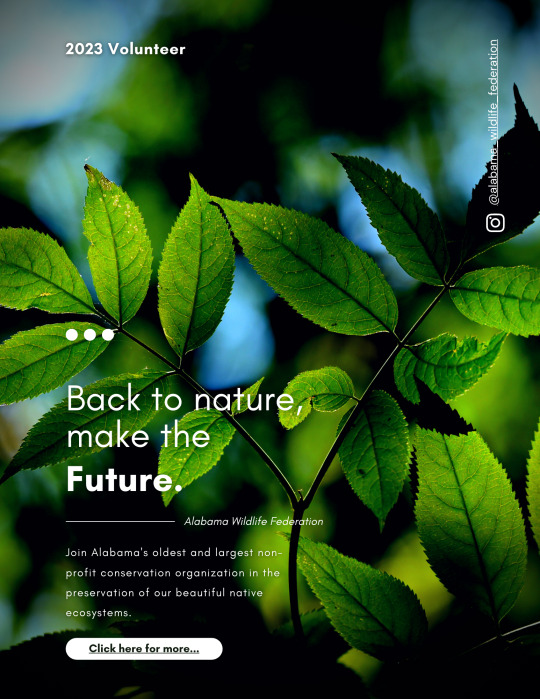
For my flyer, I went to Canva for an eco-themed template and added some of the basic information I had learned about the organization. I inserted hyperlinks to the organizations Instagram and website so that those interested would be able to seek out information directly form the source.
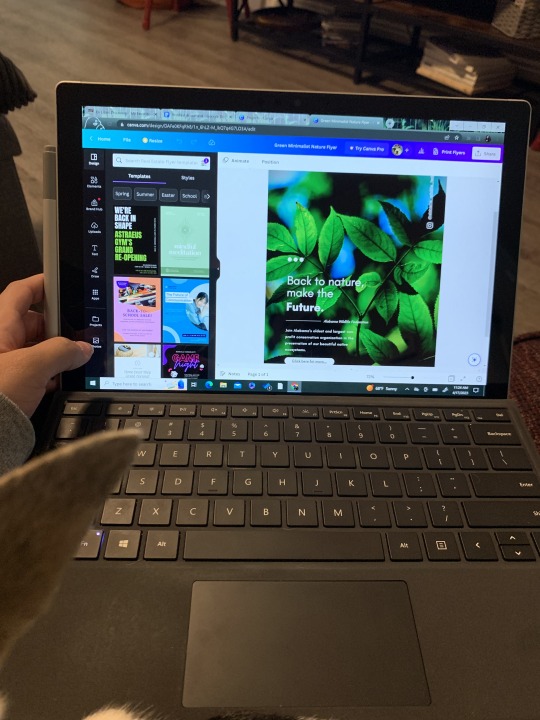
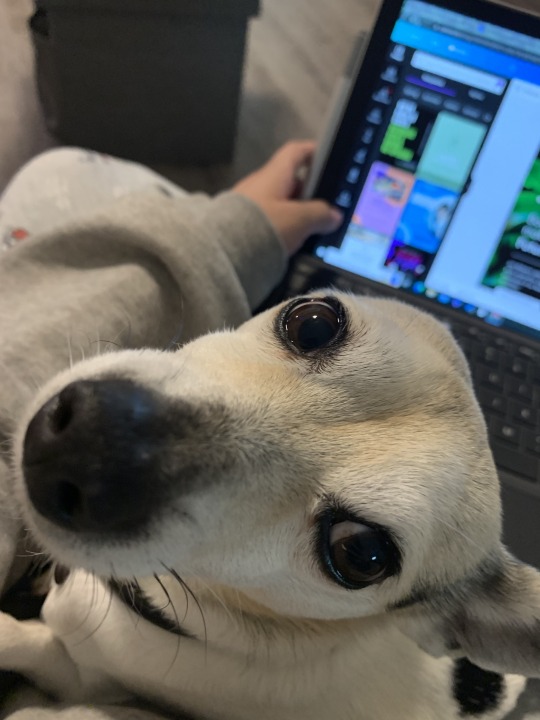
Article review
Authors: Adam S. Willcox and William M. Giuliano
Publisher: Wildlife Society Bulletin
Link: https://www.jstor.org/stable/wildsocibull2011.35.2.59?sid=primo
MLA Citation: Adam S. Willcox, and William M. Giuliano. “Cattle Rancher and Conservation Agency Personnel Perceptions of Wildlife Management and Assistance Programs in Alabama, Florida, Georgia, and Mississippi.” Wildlife Society Bulletin (2011), vol. 35, no. 2, 2011, pp. 59–68.
Summary: In their article Cattle Rancher and Conservation Agency Personal Perceptions of Wildlife Management and Assistance Programs in ALabama, FLorida, Georgia, and Mississippi, Adam S. Willcox and William M. Giuliano surveyed cattle ranchers in several states in order to understand their perceptions of conservation organizations and policies. In their article they found that the majority of cattle ranchers considered themselves stewards of the land and desired to protect the wildlife that lived within their property. However, they became frustrated with wildlife organizations that interfered with their ability to make profit off their lands through restrictions and protection of predatory animals. Willcox and Giuliano emphasize the importance of conservationists listening to the communities they involve themselves with in order to create a sustainable and positive impact.
Analysis: Adam S. Willcox is a research assistant professor at The University of Tennessee and William M. Giuliano is an Associate professor at the College of Agricultural and Life Sciences. Both have authored and co authored several research papers regarding conservationist concerns and agriculture. In their article, the authors use terms such as “suggest” (59) which gives the article a tone of humility. They are not attacking their audience or demanding cooperation. Instead, the authors are sharing their observations and suggesting a solution which the audience can use or ignore. Willcox and Giuliano's argument makes sense. Conservation organizations cannot expect to work with cattle ranchers if they will ignore their concerns. It is important for both sides to respect each other's views and find a middle ground to cooperate on. The target audience is conservation agencies looking to work with cattle ranchers in southern agricultural states. The article struck me as one for the lay reader. The authors wording makes it easy to understand their research study and their explanation of the data makes their conclusion clear. It was not full of difficult-to-understand jargon or descriptions. The article was fascinating to read and made me consider conservationist approaches to communities. In one of the recent discussions (29) for my environmental writing course, we discussed Marine Protected areas or MPAs. Although they allow endangered species and coral ecosystems to flourish they can harm the local fishing communities. By placing legal prohibitions on the areas the fishermen fish, conservationists cut off the main source of income for the communities resulting in the local economy crashing. Willcox and Giuliano's suggestion for conservations to work and communicate with the local communities of the ecosystems they are trying to protect will prevent issues like the one previously mentioned from occurring.
Additional Info
youtube
Sources
Adam S. Willcox, and William M. Giuliano. “Cattle Rancher and Conservation Agency Personnel Perceptions of Wildlife Management and Assistance Programs in Alabama, Florida, Georgia, and Mississippi.” Wildlife Society Bulletin (2011), vol. 35, no. 2, 2011, pp. 59–68. “Adam Willcox.” Conservation Science Group, https://consci.utk.edu/people/adam-willcox/.
“Alabama Wildlife Federation.” Alabama Wildlife Federation | AWF, https://www.alabamawildlife.org/. Giuliano, William M. Associate Professor - Vivo.ufl.edu. https://vivo.ufl.edu/display/n55961.
2 notes
·
View notes
Text
American Animals Alabama and Alaska
Animals you can see in the US states of Alabama and Alaska Wildlife of Alabama The US state of Alabama has varied topography ranging from steep hills to fertile flatlands, lakes, and rivers. The state has a coastline on the Gulf of Mexico that includes 600 miles of tidal bay and bayou shoreline. Within Alabama there are over 60 types of natural habitat, including forests, woodlands, wetlands,…

View On WordPress
0 notes
Text
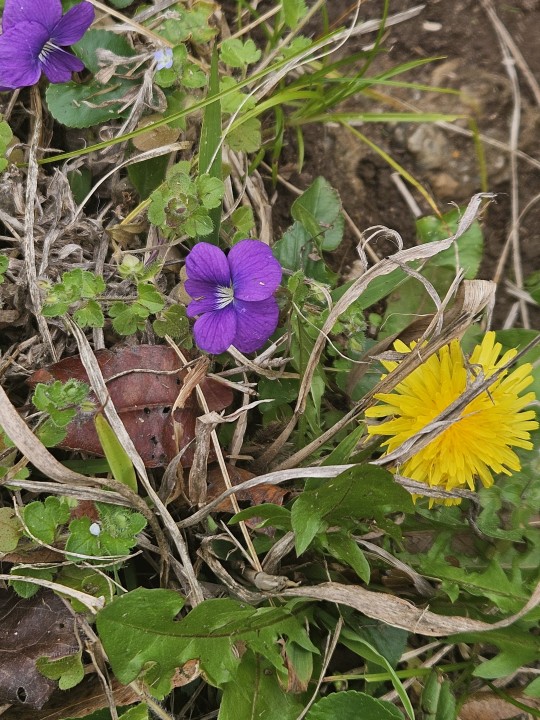
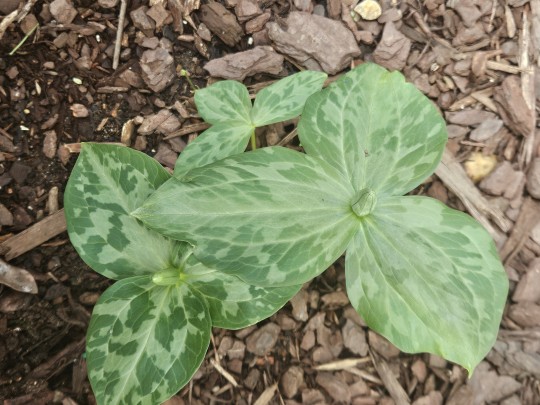
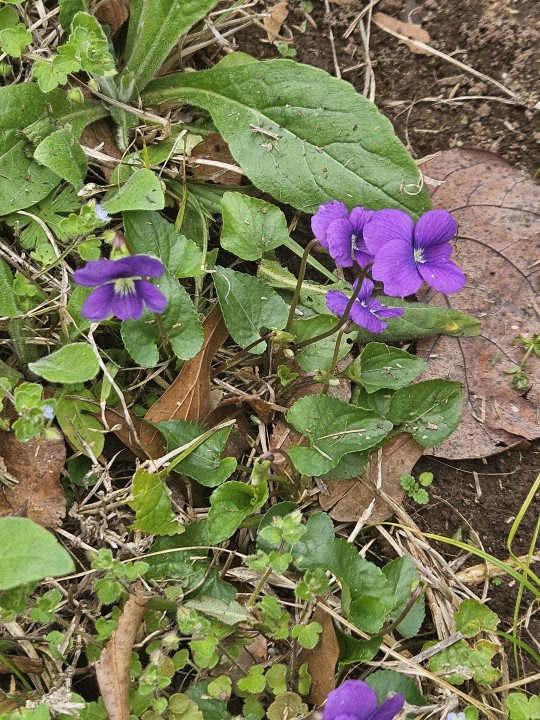
spring's a sprunging
Picture 1 & 3: common blue violet (viola sororia) Native wildflower
Picture 2: Little sweet betsy (trillium cuneatum) Native endemic plant
1 note
·
View note
Text

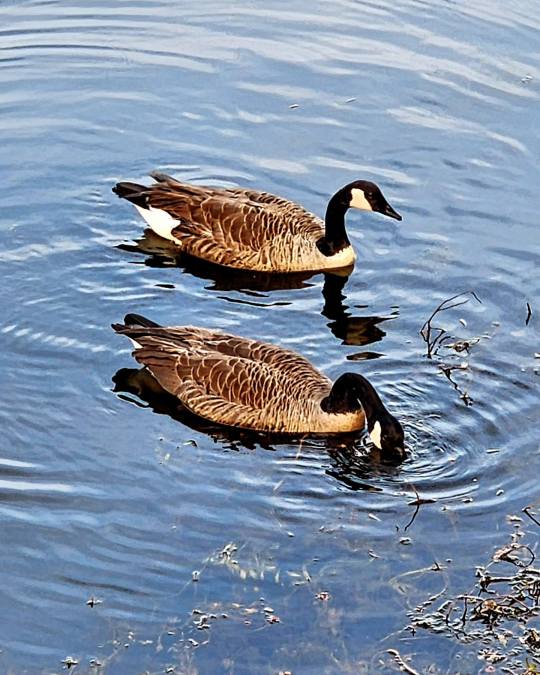


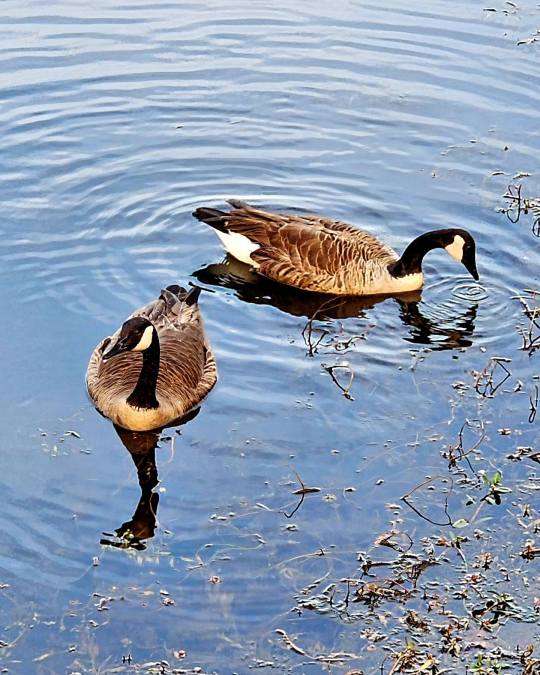


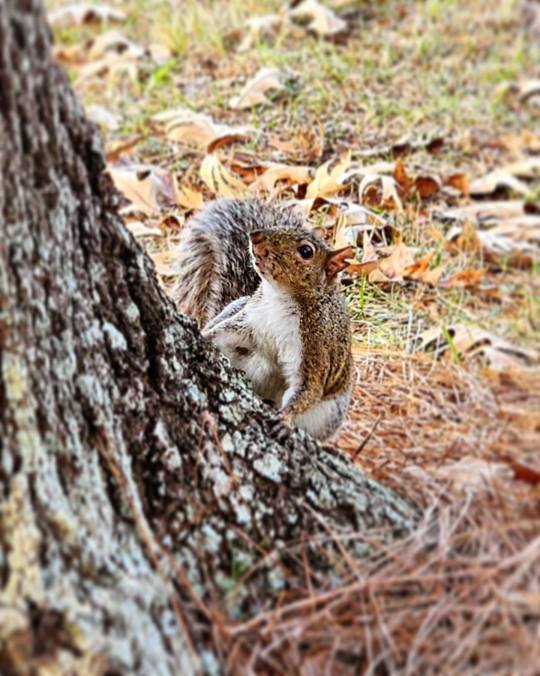
December 7, 2023- Langan/Municipal Park
#a moment of time and word#every picture has poetry#photography#photographer#photographs#photos#nature#nature lover#nature photos#nature photography#brown squirrel#squirrel#canadian geese#geese#wildlife#wildlife photography#thursday#afternoon#afternoon photography#mobile alabama#south alabama#alabama
0 notes
Text



Tiny Frog June 3, 2023 Payne Lake Recreational Area Moundville, Alabama
We went camping for our two-year anniversary and these tiny frogs were all over the place!
1 note
·
View note
Text

Glyphyalinia sp. in Ladder Cave, Alabama
by Alan Cressler
#glass snails#snails#gastropods#molluscs#glyphyalinia#Zonitidae#Stylommatophora#gastropoda#mollusca#wildlife: alabama#wildlife: usa#wildlife: north america
30 notes
·
View notes
Text
the coolest thing happened in my state recently and I have to share !! I was looking up Bankhead National Forest and came across a cool article about an animal called the Black Warrior Waterdog, which is a, “large, aquatic salamander,” only found in Alabama !! Staff from the U.S. Fish and Wildlife Service and Alabama Power caught one and are examining it now in order to learn more about this species of salamander. This particular species is,“listed as endangered and is only found in streams within the Black Warrior River Basin in Alabama.”

There are better pictures online, for those that would like to see what this animal looks like, I put this one because I got it from the same place I got this information, Bankhead National Forest's website.
0 notes
Text
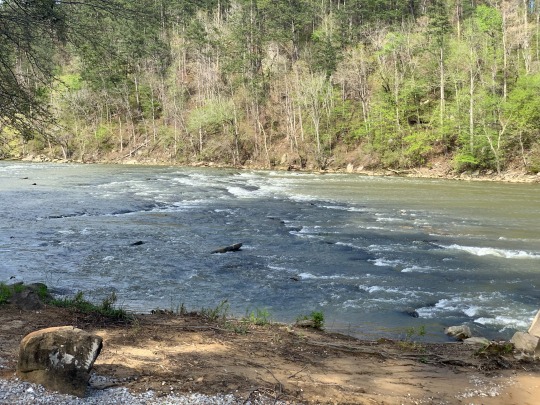
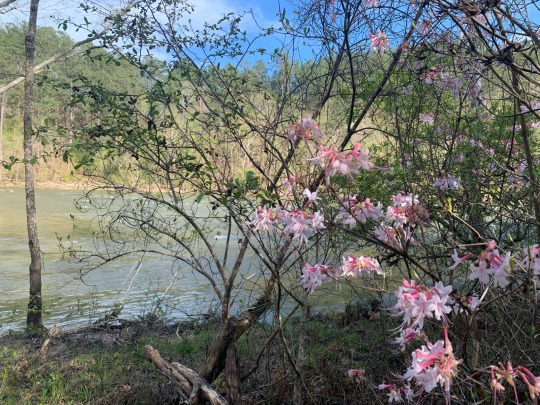
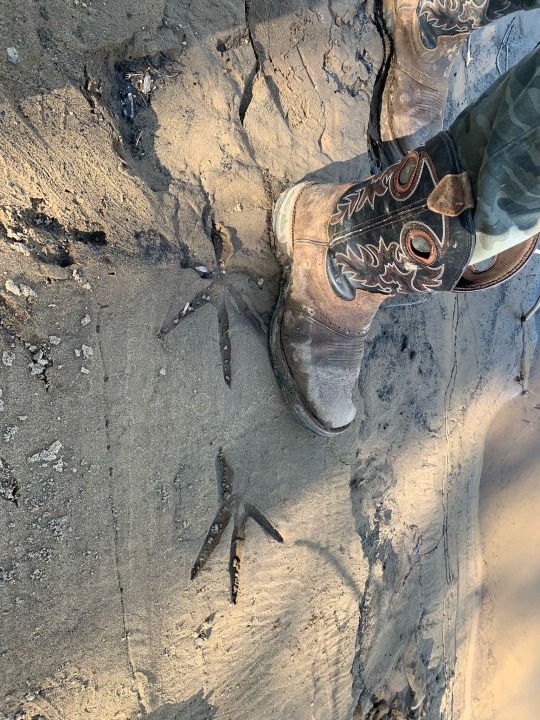
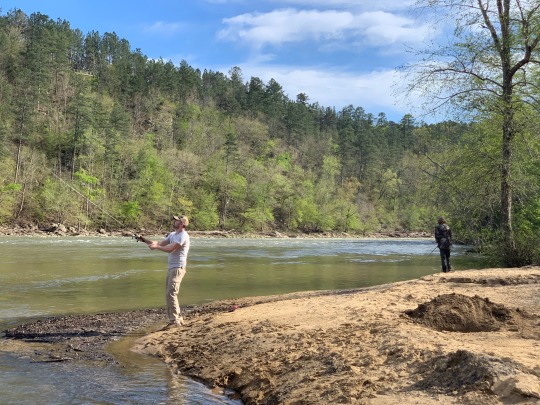
We spent an afternoon recently at the Cahaba Wildlife Management Area. What a beautiful area! The river is wide and there was no shortage of life present even in early spring. Native Honeysuckle was in bloom and smelled amazing - floral and sweet, much different than other honeysuckle. Found a few fossils and neat rocks, a few native plant species, and lots of smiles and laughs, trying our luck at 20+ gorgeous fishing spots. No fish that day but we enjoyed the experience!
0 notes
Text
one time I was kayaking with some friends and we came around a bend that had a little beach. the bank held a few families with little kids. all of whom were having a grand time doing river beach in bumfuck, tennessee activities.
as we were out in nature, there happened to be a little snake guy swimming through the water, just minding his business doing river snake in bumfuck, tennessee things.
upon spotting the little snake guy, one of the adults calls the kids back to shore. not an unexpected move as there are several venomous snakes to watch out for in the south–namely copperheads, rattle snakes, and cottonmouths. cottonmouths are also referred to as water moccasins, a moniker earned as they are frequently found in/near bodies of water. most children in the south are taught which snakes to avoid pretty early on. and so understandably the snake warning makes the kids scared. my "brother" skylar was the closest to our slithery little guy. he calls out to the bank that the snake is harmless.
now. as a kid who grew up in bumfuck, alabama watching animal planet I've always loved little creatures.
my summers were spent exploring creeks and swamps looking for crawdads and little fishies and lizards and turtles and snakes and pollywogs and salamanders and frogs.
did this love for little creatures cause an inadvertent introduction of an invasive species? yes. but sometimes childhood curiosity causes whoopsie-doodles.
my love for little creatures never went away. I was curious, not afraid. and as fortune favors the bold, the snake swam my way. once the little creature was close enough, I gently lifted it from the water with my paddle so I could get a better look.
it looked like a snake.
my friend slid off and back into the water, swimming closer to me, under my kayak, then popping up on the other side. now that it was near enough, that childhood curiosity came back in full force. I did what I thought anyone in my situation would do.
I gave my snaky friend a couple of light strokes on the tail as he swam away.
once we were a ways around the bumfuck, tennessee river beach, skylar turns to me and furiously whisper-shouts, "why the fuck did you touch that thing?" confused by his ire I say, "because you said it was harmless?"
he gives me a look that can only be described as incredulous before speaking again, "yeah dumbass. I was lying because I didn't want those kids to freak out. the adults knew what kind of snake it was."
brow furrowed, I demand, "then why the fuck did you let me touch it?"
that's when my husband, who previously hadn't been listening to our conversation asks, "wait? did you really touch it?"
I give him a Look. "of course I did, that shouldn't be surprising."
our party stops paddling, all eyes are now on me.
"you touching a snake isn't the issue. the issue is you touching a water moccasin."
it's my turn to be incredulous. "how the fuck was I supposed to know that? skylar said it was harmless, so of course I touched it!"
"all skylar does is lie to fuck around around with people, something you most definitely know."
skylar chimes in once more, "to be fair to myself, I thought she knew I was lying."
obviously I did not.
anyway. the moral of this story is to not let your childlike wonder in the world around you die so that you may forevermore go on curiosity quests.
also maybe don't trust your "brother" when it comes to venomous wildlife.
146 notes
·
View notes
Text

























Alabama seceded from the United States on January 11, 1861.
#Bellingrath Gardens and Home#Alabama#seceded#USA#11 January 1861#anniversary#US history#Fowl River#Mirror Lake#Fowl River Bayou#landscape#Spanish Moss#tree#boardwalk#Southern USA#summer 2009#original photography#vacation#travel#countryside#tourist attraction#landmark#flora#Giant Swallowtail#Black Swallowtail#butterfly#fauna#nature#insect#wildlife
1 note
·
View note
Text
Dandelion News - October 8-14
Like these weekly compilations? Tip me at $kaybarr1735 or check out my Dandelion Doodles on Patreon!
1. All 160 dogs at Florida shelter found homes ahead of Hurricane Milton
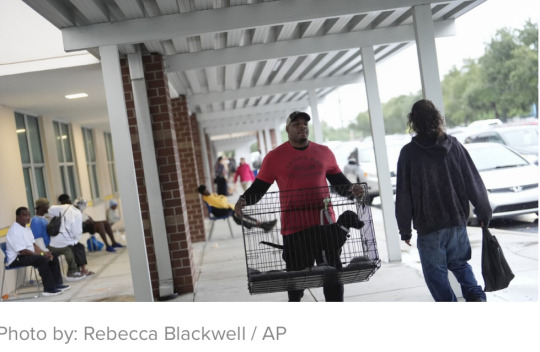
“[The shelter] offered crates, food and anything else the dogs would need in exchange for the animals to spend just five days with the foster parents if the human didn't want to keep them for longer. […A]fter about a day of receiving around 100 messages every 30 minutes, Bada said, all 160 were gone from the shelter and in safe and warm homes.”
2. Restoring Ecosystems and Rejuvenating Native Hawaiian Traditions in Maui
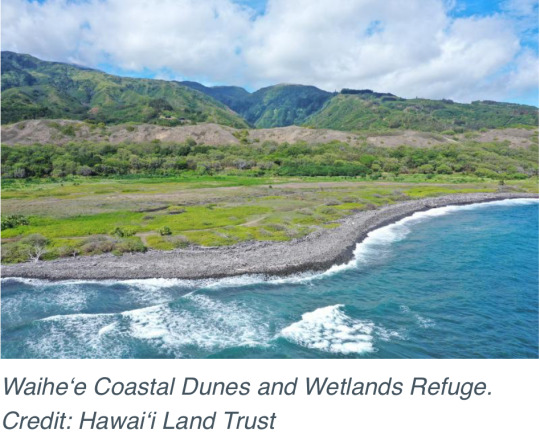
“[Volunteers] are restoring water flow to the refuge, removing invasive species, and restoring a loko iʻa kalo using ʻike kūpuna, ancestral knowledge. […] This human-made ecosystem will provide food for community members and habitat for wildlife while protecting coral reefs offshore.”
3. Solar-powered desalination system requires no extra batteries
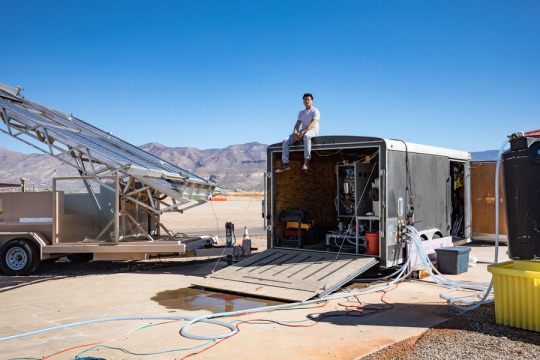
“In contrast to other solar-driven desalination designs, the MIT system requires no extra batteries for energy storage, nor a supplemental power supply, such as from the grid. […] The system harnessed on average over 94 percent of the electrical energy generated from the system’s solar panels to produce up to 5,000 liters of water per day[….]”
4. Threatened pink sea fan coral breeds in UK aquarium for first time

“The spawning is part of University of Exeter Ph.D. student Kaila Wheatley Kornblum's research into the reproduction, larval dispersal and population connectivity of Eunicella verrucosa. […] Pink sea fans are believed to have been successfully bred by only one other institution, Lisbon Oceanarium, in 2023.”
5. Tiny 'backpacks' are being strapped to baby turtles[….]
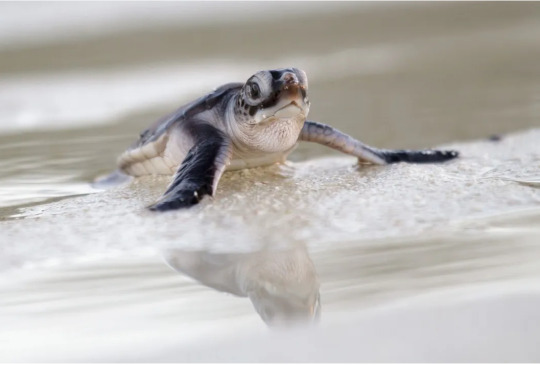
““We analysed the data and found that hatchlings show amazingly consistent head-up orientation – despite being in the complete dark, surrounded by sand [… and] they move as if they were swimming rather than digging[…. This new observation method is] answering questions about best conservation practices,” says Dor.”
6. New California Law Protects Wildlife Connectivity
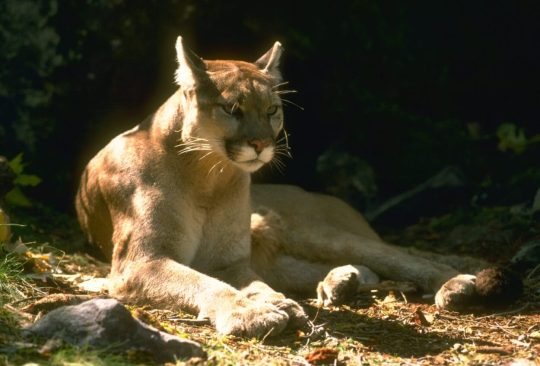
“A new state law in California will instruct counties and municipalities to conserve wildlife corridors when planning new development. […] This could entail everything from creating wildlife crossings at roads or highways, employing wildlife-safe fencing, or not developing on certain land.”
7. ‘I think, boy, I’m a part of all this’: how local heroes reforested Rio’s green heart
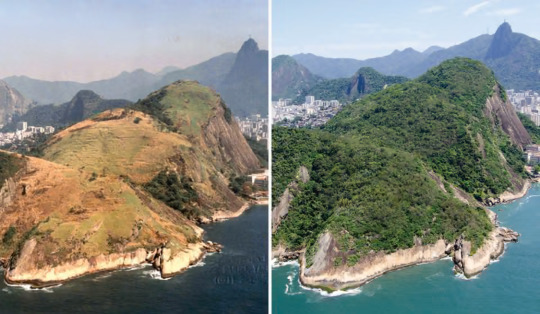
“By 2019, [the program] had transformed the city’s landscape, having trained 15,000 local workers like Leleco, who have planted 10m seedlings across […] roughly 10 times the area of New York’s Central Park. Reforested sites include mangroves and vegetation-covered sandbars called restinga, as well as wooded mountainsides around favelas.”
8. Alabama Town Plans to Drop Criminal Charges Over Unpaid Garbage Bills
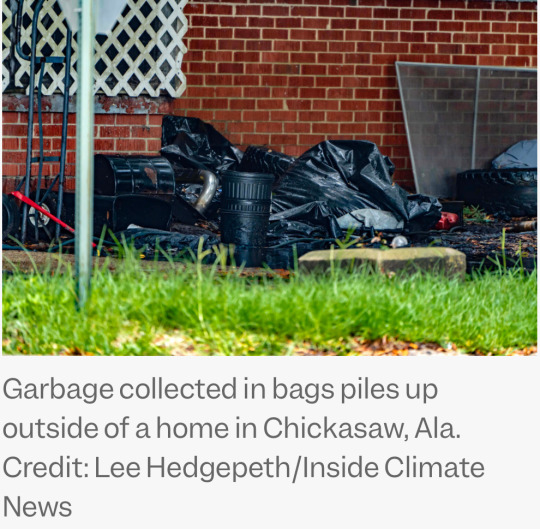
““Suspending garbage pickup, imposing harsh late penalties and prosecuting people who through no fault of their own are unable to pay their garbage and sewage bills does not make payment suddenly forthcoming,” West said. [… The city] has agreed to drop pending criminal charges against its residents over unpaid garbage bills.”
9. New Hampshire’s low-income community solar program finally moves forward
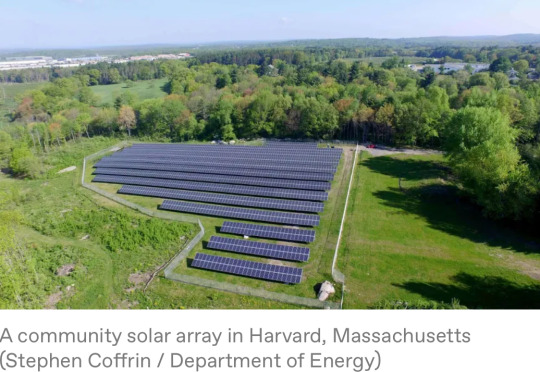
“The state energy department is reviewing seven proposals for community solar arrays that will allocate a portion of their bill credits to low-income households. […] New Hampshire’s strategy of working with utilities to automatically enroll households that have already been identified streamlines the process.”
10. The Future Looks Bright for Electric School Buses

“EPA has awarded about $3 billion in grants from the infrastructure law, which paid to replace about 8,700 buses. Of those, about 95 percent are electric. [… Electric buses are] cheaper to operate and require less maintenance than diesel buses and will soon be at cost parity when looking at the lifetime cost of ownership[….]”
October 1-7 news here | (all credit for images and written material can be found at the source linked; I don’t claim credit for anything but curating.)
#hopepunk#good news#dogs#hurricane milton#florida#animal shelters#foster dog#hawaii#hawaiʻi#maui#solar#water#solar energy#coral#endangered species#coral reef#turtles#sea turtle#technology#wildlife#habitat#nature#california#rio#south america#reforestation#poverty#anti capitalism#solar panels#electric vehicles
199 notes
·
View notes